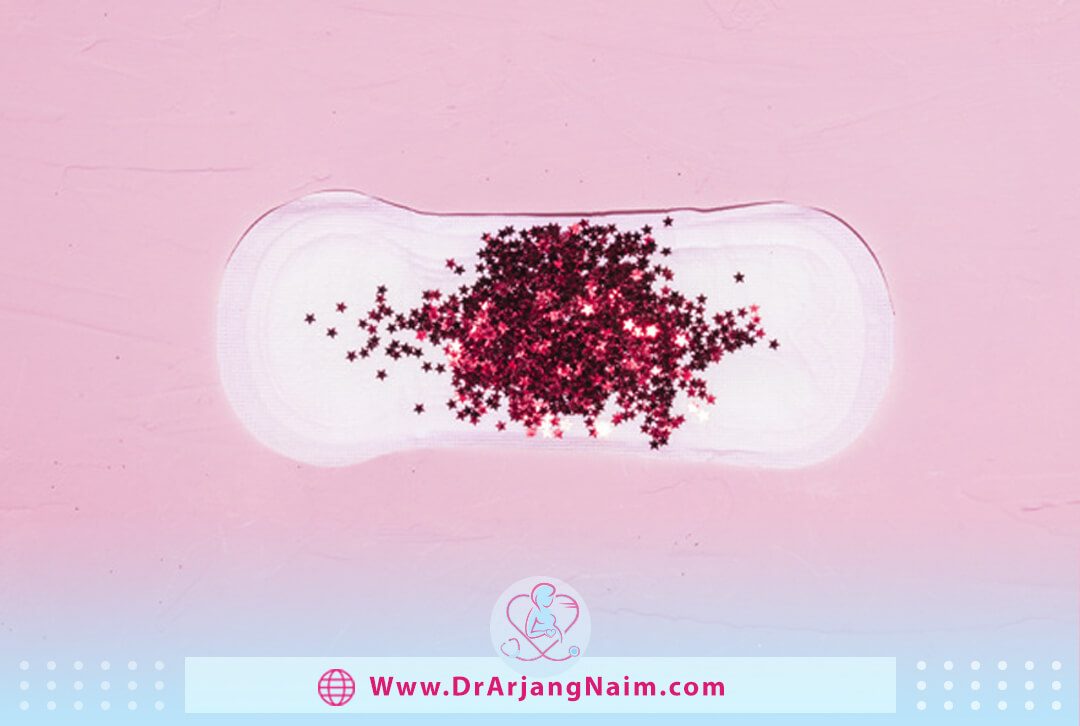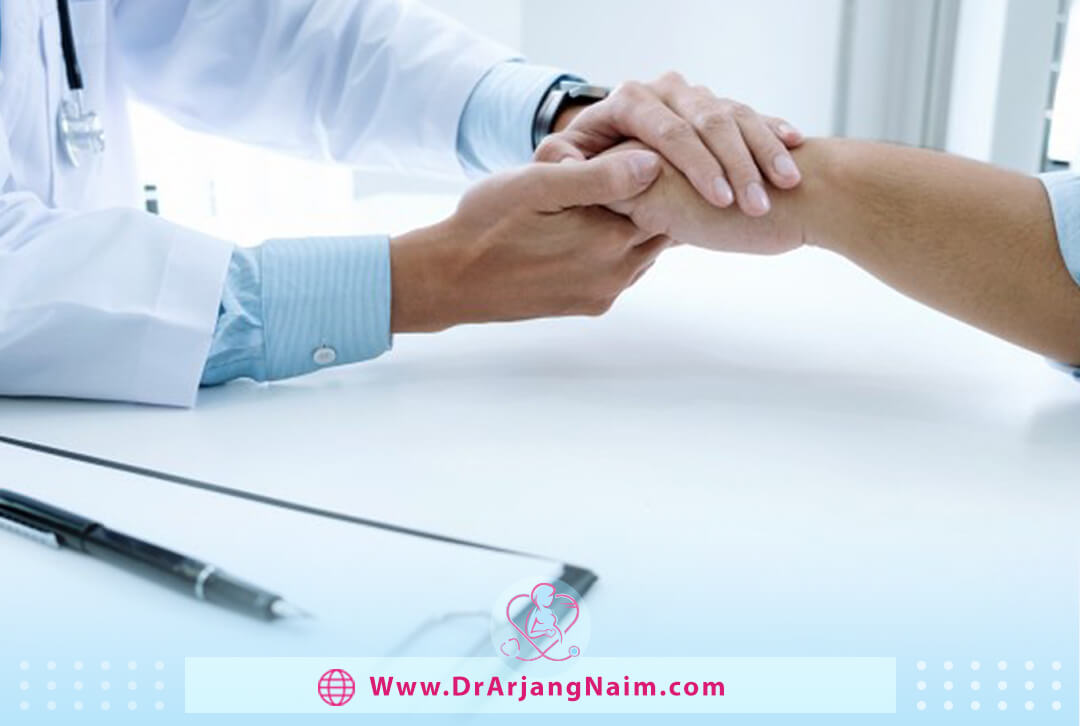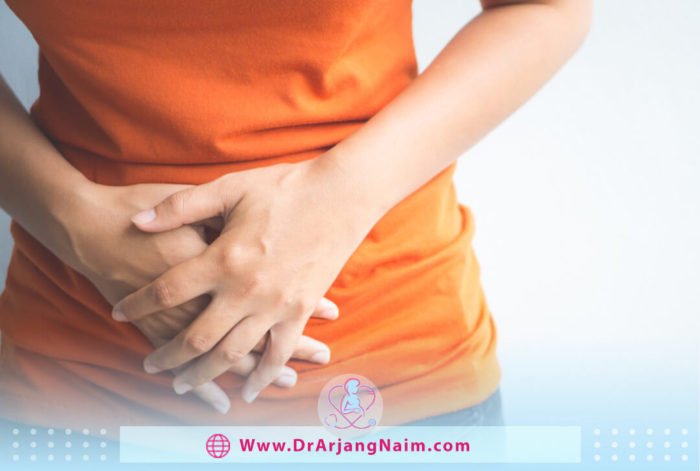Endometriosis is a disorder in which the tissue covering the uterus’s inside surface grows outside the womb. This tissue is made up of glands, blood cells, and connective tissue that grows normally in the uterus, preparing the lining of the uterus for ovulation.
Endometriosis is often painful, involving the ovaries, fallopian tubes, and tissue lining the surface inside the pelvis, and spreading beyond the pelvic organs is rare. In a person with this disease, the abnormal tissue thickens functionally like normal tissue, sheds bleed with each menstrual cycle, and becomes trapped inside the body because this tissue cannot exit your body.
Stages of endometriosis
It is classified into four stages (I-minimal, II-mild, III-moderate, and IV-severe) according to the exact location, extent, and depth of tissue implantation, the presence and severity of scar tissue, and the presence and size of implants in the ovaries.
Most people have the disease classified as minimal or mild, meaning superficial implantation and mild scarring. Moderate to severe endometriosis usually results in more severe cysts and ulcers. The stage is not related to the number of symptoms a woman experiences.
Symptoms

Most people who have this condition have no symptoms. Among people who show signs and symptoms, the first sign is pelvic pain, which is often associated with menstruation. Although many people experience cramping pain (muscle aches) during menstruation, people with endometriosis describe much worse pain.
It also gets worse over time. The severity of the pain does not necessarily determine the extent of the disease. A person with extensive endometriosis may even have little or no pain. Common symptoms include:
- Painful periods
- Excessive bleeding
- Pain with intercourse
- Periods lasting longer than seven days
- Long-term lower-back and pelvic pain
- Heavy menstrual bleeding
- Fatigue
- Bowel and urinary problems
- Spotting or bleeding between periods
- Nausea and vomiting
What causes endometriosis?
The exact cause of endometriosis is not yet known, but the following are possible:
- Retrograde menstruation: Menstrual blood, which contains endometrial cells, flows back through the fallopian tubes and into the abdominal cavity instead of leaving the body.
- Embryonic cell transformation: During puberty, hormones such as estrogen can differentiate embryonic cells from ectopic endometrial cells.
- Transformation of peritoneal cells: Hormones and immune factors differentiate peritoneal cells (cells that line the inside of the abdomen) into endometrial cells.
- Surgical scar: Endometrial cells may attach to the surgical incision after surgery, such as a hysterectomy (removal of the uterus) or a cesarean section.
- Endometrial cell transport: The lymphatic system may carry endometrial cells to different body parts.
Risk factors
Factors that predispose a person to endometriosis include the following:
- Age between 30 and 40 years
- Never giving birth
- Late menopause
- Short menstrual cycles
- Heavy menstrual periods
- High levels of estrogen in the body or prolonged exposure to estrogen
- Genetics
- Low body mass index
- Any disease that prevents the normal flow of menstrual blood out of the body
- Structural disorders of the genital tract and pelvic infections
Diagnosing
To diagnose these diseases and other conditions that cause pelvic pain, obstetricians and infertility specialists will ask the patient to describe the symptoms, including where and when the pain started. Then some tests are done to diagnose it:
- Pelvic exam: the doctor manually senses areas in the pelvis due to abnormalities such as cysts on reproductive organs or ulcers in the back of the uterus. It is often impossible to feel small areas of endometriosis unless they cause a cyst.
- Ultrasound: This test uses high-frequency sound waves to create images inside the body. A transducer device is placed on the abdomen or inside the vagina to take these pictures. Both types of ultrasound may be used to get the best picture of the genitals. Images from a standard ultrasound do not accurately indicate the presence or absence of endometriosis, but they can identify cysts.
- MRI: MRI uses magnetic fields and radio waves to create detailed images of organs and tissues within the body. MRI helps the surgeon obtain detailed information about the location and size of abnormal endometrial tissue.
- Laparoscopy: The doctor prepares some patients for an operation that can see the inside of the abdomen. In this operation, under general anesthesia, the doctor makes a small incision near the navel and a laparoscope, a long, narrow device with a small camera. Then they look for extrauterine signs of endometrial tissue. Laparoscopy can also gather information about the location, extent, and dimensions of replaced endometrial tissue, and tissue samples can be taken for testing.
Diseases associated with endometriosis
People with endometriosis are more likely to develop other diseases. These diseases include:
- Infertility: The main complication of these conditions is impaired fertility. For pregnancy, the egg cell needs to be released from the ovary and travel to the uterus through the fallopian tube, fertilized by a sperm, and attached to the uterus wall. It can prevent pregnancy by blocking the egg pathway as well as by indirect means such as destroying the egg and sperm. However, many women with this disease can become pregnant and have a healthy baby, so doctors advise people with endometriosis not to delay pregnancy because it worsens over time.
- Cancer: Ovarian cancer is more common in these people. But the lifetime risk of ovarian cancer is still relatively low.
- Ovarian cysts
- Inflammation
- Scarring and adhesions
- Intestinal and bladder complications
Treatments

Treatment for endometriosis is usually medication or surgery. The appropriate treatment choice depends on the severity of the symptoms and the patient’s desire to become pregnant.
Usually, the doctor first suggests medication treatments; if these treatments fail, surgical procedures are performed. Endometriosis treatment aims to relieve the symptoms and increase the chances of fertility if the patient wishes.
Painkillers
Nonsteroidal anti-inflammatory medications such as ibuprofen or naproxen sodium are recommended to reduce menstrual cramp pain.
Hormone therapy
This treatment and painkillers are recommended for people who do not want to get pregnant. Hormone supplements can reduce or stop pain by reducing the growth of abnormal endometrial tissue and preventing new abnormal tissue formation. Still, they are not a permanent treatment, and symptoms may return with discontinuation of the medication.
Contraceptive hormones
Birth control pills, patches, and vaginal rings help control the hormones that cause endometrial tissue to form each month. For some people, it also reduces the length of the menstrual cycle, reduces bleeding, and reduces or stops the pain.
Gonadotropin-releasing hormone (Gn-RH) agonists and antagonists
These medications stop the production of ovarian-stimulating hormones, lower estrogen levels, and prevent menstruation. This shrinks the endometrial tissue. Because these drugs cause artificial menopause in the body, taking low-dose estrogen or progestin can reduce the effects of menopause.
Progestin treatment
There are a variety of progestin treatments, including intrauterine devices containing levonorgestrel, contraceptive implants, contraceptive ampoules, or progestin pills that can stop menstruation and abnormal endometrial tissue growth that can cause symptoms of endometriosis.
Surgery
Surgery may be the treatment of choice for patients with severe symptoms or obstruction of the fallopian tubes, intestines, or bladder, as well as for patients with structural disorders of the reproductive system. It is divided into two categories: protective the uterus and ovaries are preserved, and absolute surgery removes the uterus with or without ovaries.
The effect of diet
There is no evidence that diet modification can prevent or reduce the symptoms of endometriosis. But studies in this area show. High consumption of vegetables and fruits is associated with less risk, while higher consumption of red meat was associated with a higher risk. No association was found with alcohol, milk, or coffee. Further studies are needed to determine ، diet plays a role in eliminating or preventing disease.
The bottom line
Endometriosis is a chronic disease that has no cure. But that does not mean you should not see a gynecologist. There are effective treatments for managing pain and fertility problems, such as medications, hormone therapy, and surgery. Symptoms of endometriosis usually improve after menopause.
Additional questions
- Can endometriosis cause severe inflammation?
Endometriosis, which affects one in ten women in the United States, is often called an inflammatory disease. It is said that the body becomes inflamed in response to the presence of endometrial tissue out of place.
- Can endometriosis go away?
For many women, endometriosis goes away at menopause, when their periods stop. Until menopause, medication, and surgery may be able to help with endometriosis symptoms.
- What fights endometriosis?
Omega-3 fats can calm the inflammation caused by endometriosis. Good food sources of omega-3 include fatty fish such as salmon, sardines, and tuna. Nuts and seeds such as walnuts, chia seeds, and flax seeds.
- What are common urinary problems?
- Cystitis
- Urinary incontinence
- Overactive bladder
- Interstitial cystitis
- Bladder cancer
- Does endometriosis cause increased estrogen?
High estrogen production is one of the endocrine features of endometriosis that is constantly observed.
References
https://www.mayoclinic.org/diseases-conditions/endometriosis/symptoms-causes/syc-20354656
https://my.clevelandclinic.org/health/diseases/10857-endometriosis
https://www.womenshealth.gov/a-z-topics/endometriosis
https://www.webmd.com/women/endometriosis/endometriosis-causes-symptoms-treatment
https://www.healthline.com/health/endometriosis
https://www.medicalnewstoday.com/articles/149109




